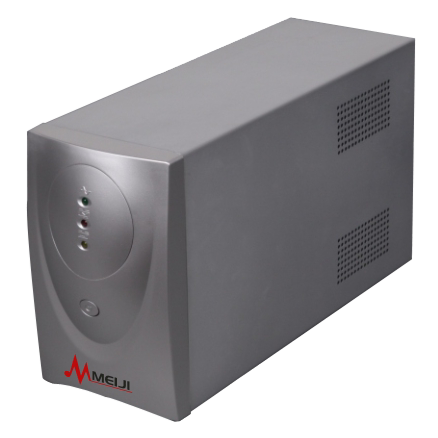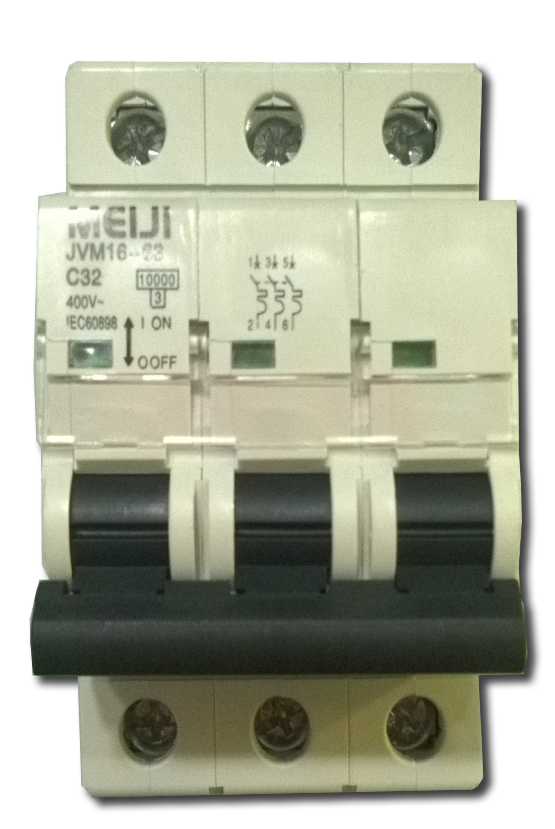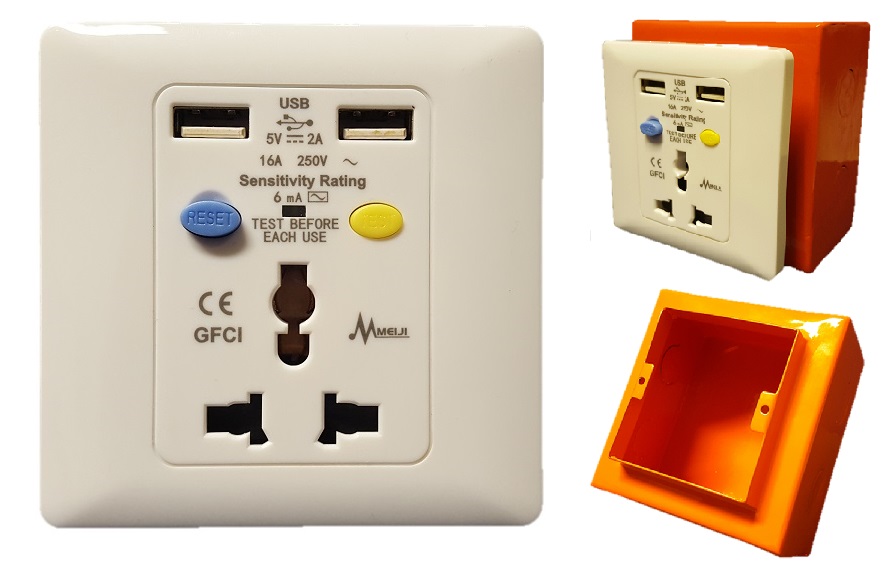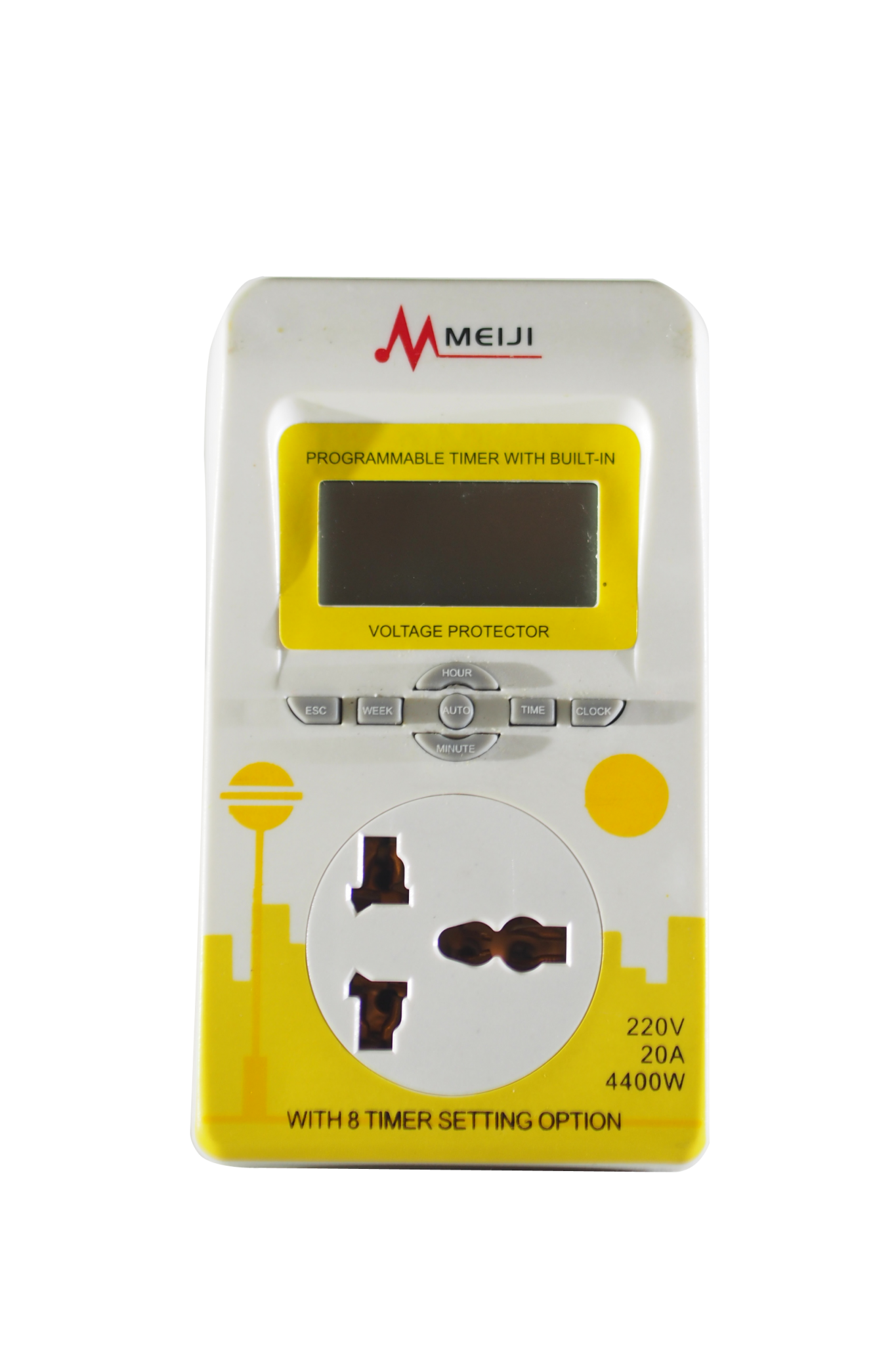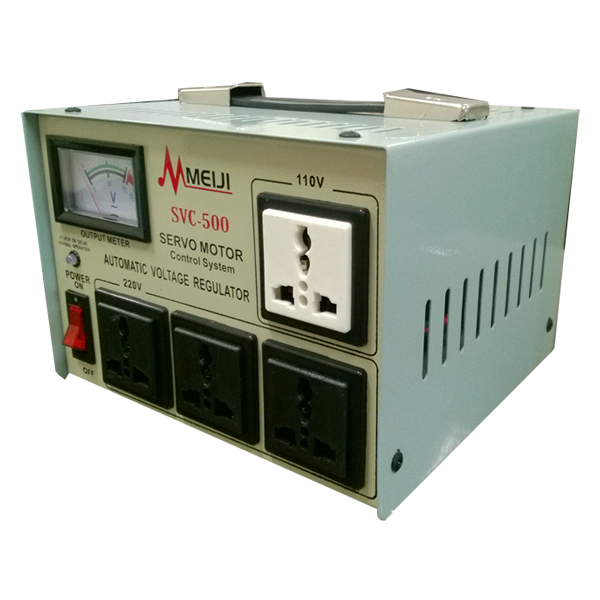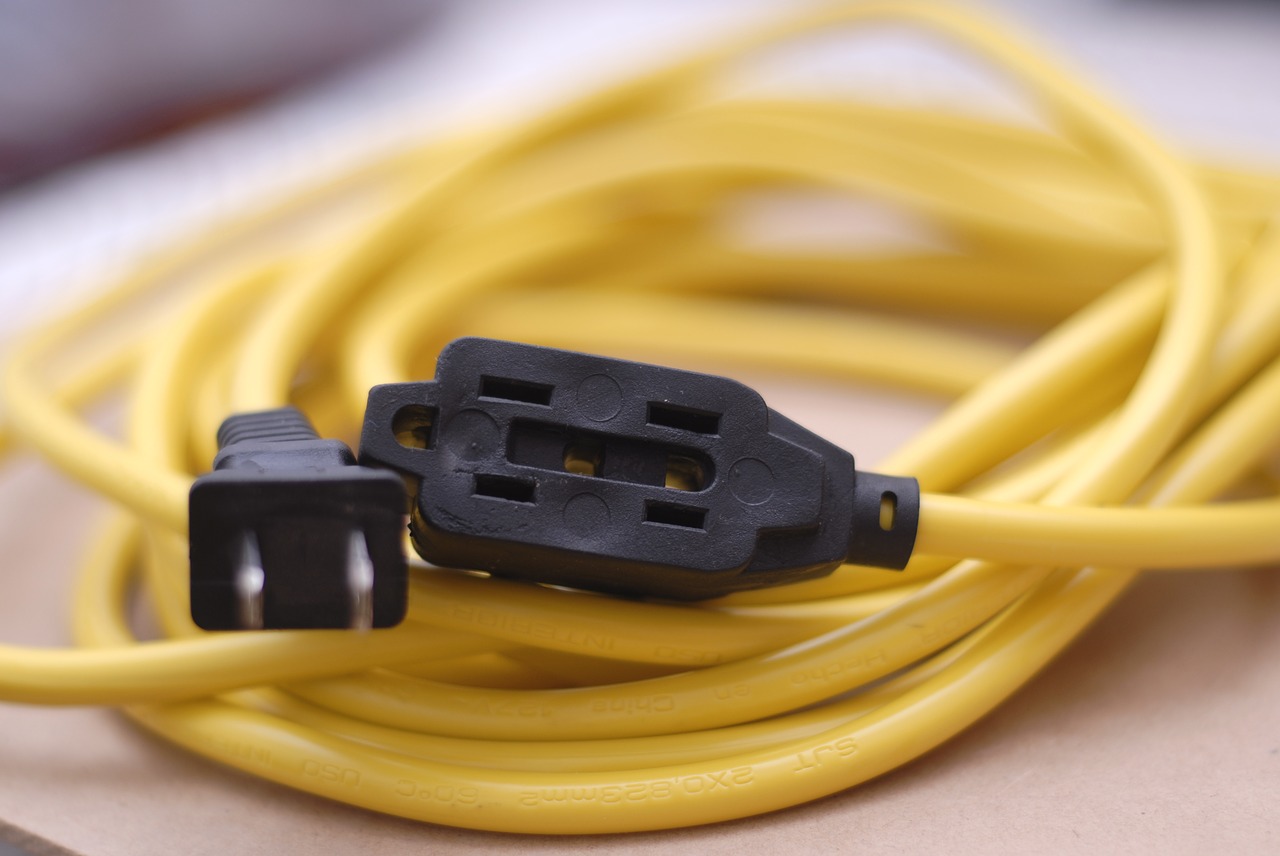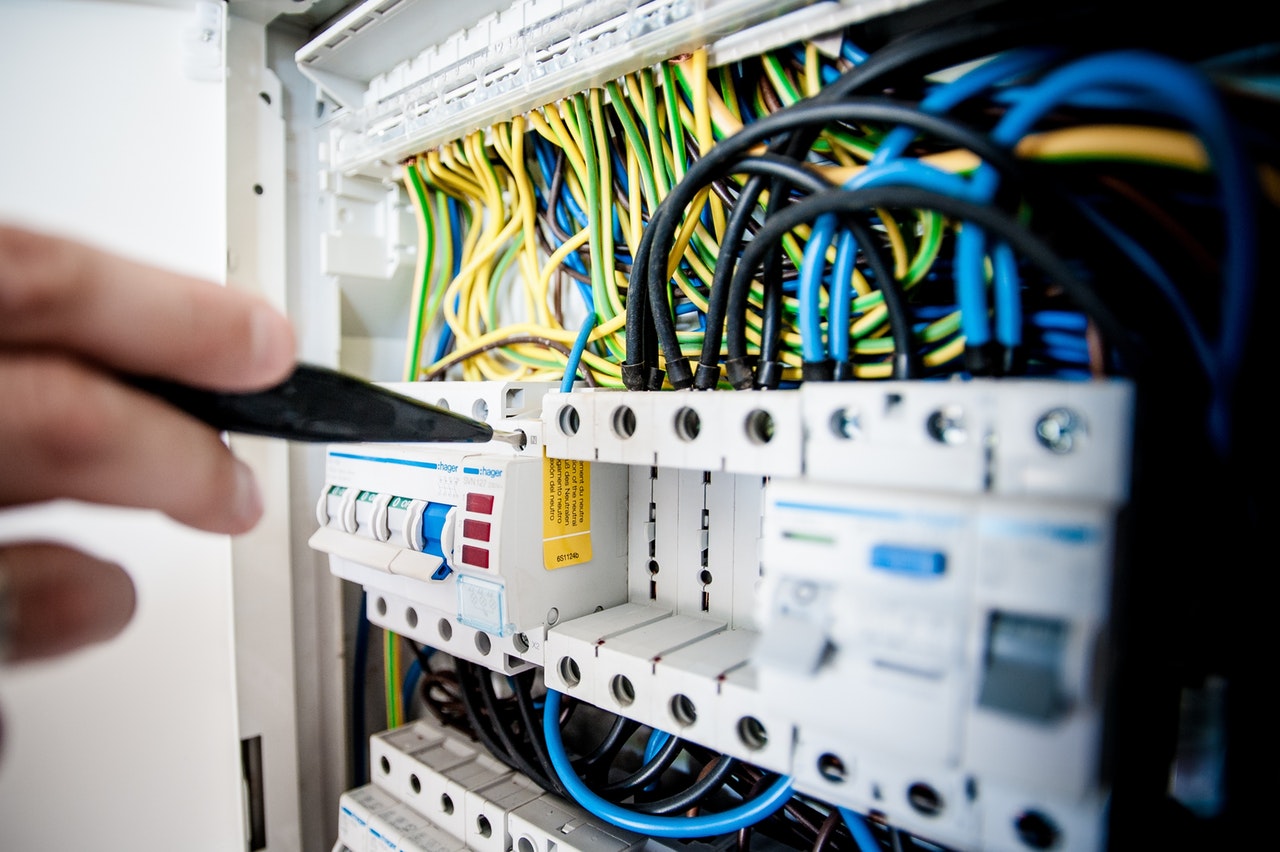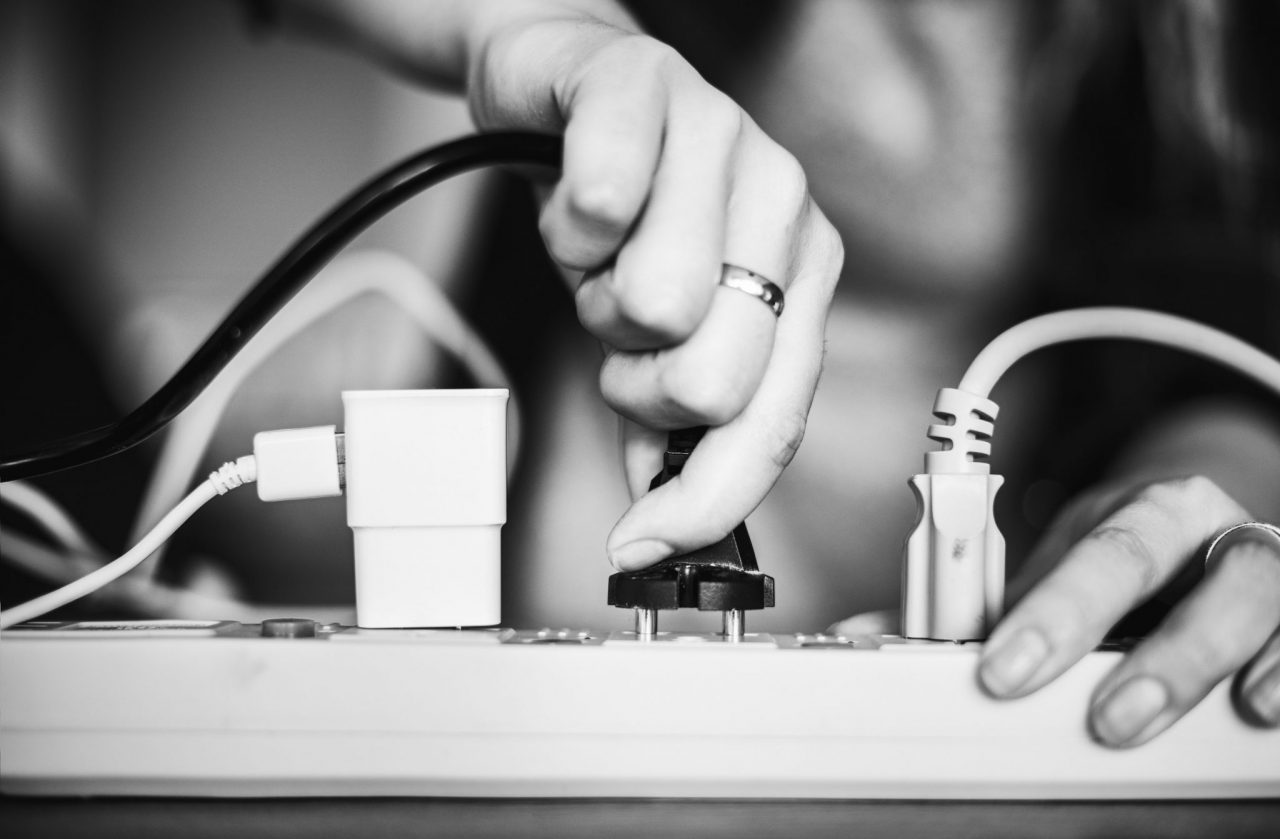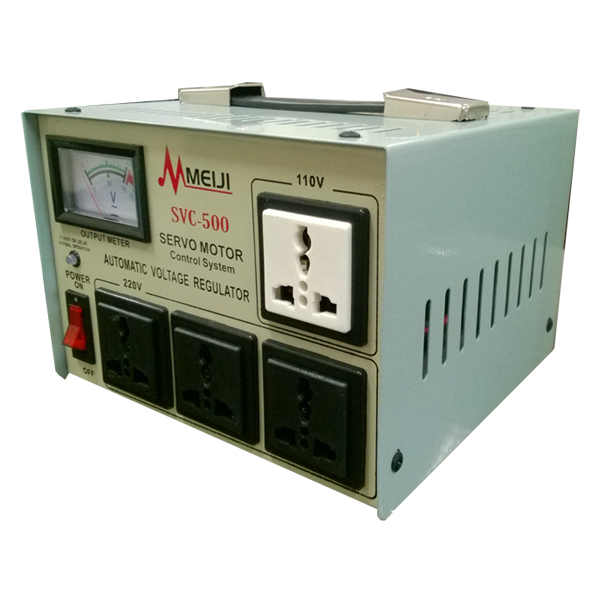What are some inexpensive and effective electrical safety devices worth investing in?
- Circuit breakers
- GFCI receptacles
- Voltage protectors
- Automatic voltage regulator
- Uninterruptible power supply
According to electrical experts and transformer suppliers in the Philippines, having electrical safety devices is vital to making sure that your home is safe from electrical hazards. Although there are a number of electrical safety practices one could abide by, there is always the chance of people forgetting and accidents happening.
In those cases, the presence of safety devices can be the difference between being electrocuted or just getting away with minor injuries.
The good thing is that most safety devices are inexpensive in relation to the value they provide to a household. The safety and security that these devices bring to an establishment is something that everyone should take notice of.
Bear in mind, however, that the effectiveness of these devices depends on the quality of their production. Let’s take a look at the practical and affordable electrical safety devices that are being offered by Meiji Electric.
Circuit Breakers
These devices are usually lined up and hidden within a panel box. They’re one of the most important safety devices that should be present in every establishment. Circuit breakers serve as a fail-safe when a certain circuit becomes overloaded.
This simple device can detect when the current flowing in a circuit is too much for it to handle, automatically tripping when it does so. The circuit effectively shuts down in order to prevent any damage from happening.
Without circuit breakers, the potential for electrical hazards increases as there’s no practical way to stop circuits from being overloaded with power.
GFCI Receptacles
A Ground Fault Circuit Interrupter is designed to protect devices by breaking the circuit every time an imbalance between incoming and outgoing current occurs. They protect electrical wiring and receptacles from overheating and other hazards through its automatic sensors and disruptor of the current. GFCI outlets, in particular, are quite effective in minimizing the risk of shock injuries and electrical burns.
It’s highly recommended that outlets near sources of water are GFCI. Places like the kitchen, bathrooms, laundry rooms and pools should have GFCI outlets installed in order to prevent electrical hazards from becoming a serious threat.
GFCI outlets are essential in preventing shocks from happening. The protection that they provide can help you keep appliances functioning for a long time and avoid electrical fires. Bear in mind that without any protection from volatile currents, appliances can suffer internal damage in their electrical systems, especially if they’re sensitive and have strict power requirements.
Voltage Protectors
There are many instances wherein the voltage of electricity that’s following through a particular socket becomes volatile enough to surpass the designated range for the appliance. This increase is known as a power surge. These would usually have a negative effect on your appliances as they prevent them from functioning at an optimal level. Sometimes they might even start a fire when left unchecked.
Voltage protectors are used to shield appliances from these power surges from simply ruining them. If a different kind of fluctuation happens, the voltage protector inhibits the irregular flow of power to the device that’s plugged into the voltage protector.
Automatic Voltage Regulator
As per its definition, AVRs are devices that are designed to regulate voltage automatically. It basically converts volatile or fluctuating voltage levels and turns it into a constant one. Its primary purpose is to protect appliances from surges and the effects of fluctuating electricity.
Another more important use of AVRs is its application in places that experience frequent power outages. There are also a number of different kinds of AVR. Here are a few features of Meiji’s line of AVRs.
They are servo-motor types that have four universal outlets. This particular device features a power-on delay of 5-8 minutes as additional protection against sudden surges of electricity. There’s also a quick-start feature and a fuse protective device for overvoltages.
Uninterruptible Power Supply
Some of the most common and dangerous electrical problems in any establishment are power surges and sudden power outages. This can damage appliances because it affects their internal systems. A UPS is necessary to make sure that these electrical problems won’t affect your appliances negatively.
Basically, Uninterruptible Power Supplies are devices that supplement the natural flow of electricity when fluctuations happen. UPS will automatically provide power for a limited time so that your appliances won’t experience a sudden shutdown. The time provided by the UPS is more than enough to properly turn off most, if not all, of your appliances.
Key Takeaway
These electrical safety devices are incredibly important so that your home will not be prone to electrical hazards. These devices, along with the proper safety practices, will ensure that you won’t have any problems with your electronics — even something as unpredictable as power outages or power surges. If you don’t want to always contact transformer suppliers in the Philippines for electrical problems, you might want to invest in the devices mentioned above.

